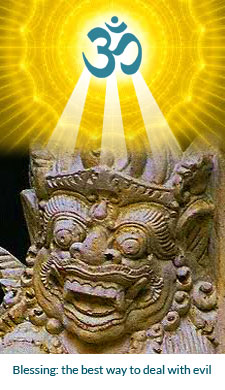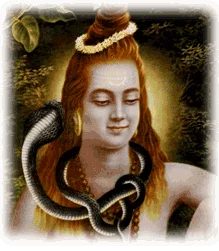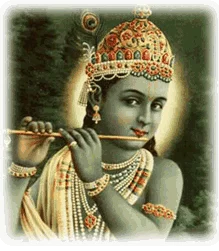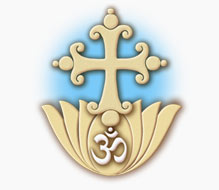 Part 3 of Demons and Dunces (See Part 1 here, and Part 2 here.)
Part 3 of Demons and Dunces (See Part 1 here, and Part 2 here.)
Positive attitude
Always remember that the positive expels the negative and do not fear or feel animosity for the spirits, for fear and hatred attract evil. Many of the exorcism prayers for both Eastern and Western Christianity are ridiculously negative and even hateful, and can prolong the disturbance and even guarantee its continuation.
Furthermore, a psychotic individual pretending to be possessed by spirits and undergoing such exorcism is capable of producing all kinds of phenomena that read like the best of horror stories. I have witnessed this nonsense myself. Here, too, sincerity on the part of the exorcist is no safeguard.
Blessing
Blessing is usually the best form of exorcism. I have seen possessed and obsessed people freed quickly and easily (and without drama) by such means. On occasion I have found that praying for an entity can benefit it. This is because some spirits actually come for help, but at the same time their deep negativity may impel them to be hostile and threatening–they cannot help themselves.
Do not let spirits fool you by pretending they need you to keep on “helping” them by praying and suchlike. This is just a way to tie you to them. If something does not get rid of them right away, then another approach is needed.
Evil spirits come for help
One of Swami Sivananda’s disciples told me that in an Indian scripture it is written that once many evil spirits came to Brahma the Creator and asked how they could be delivered from their negative condition, for their evil rendered them unable to help themselves. Brahma told them to seek out true yogis and sadhakas and stay near them and in time they would be freed.
In India I have been in some ashrams and holy places that were incredibly haunted by such spirits.







